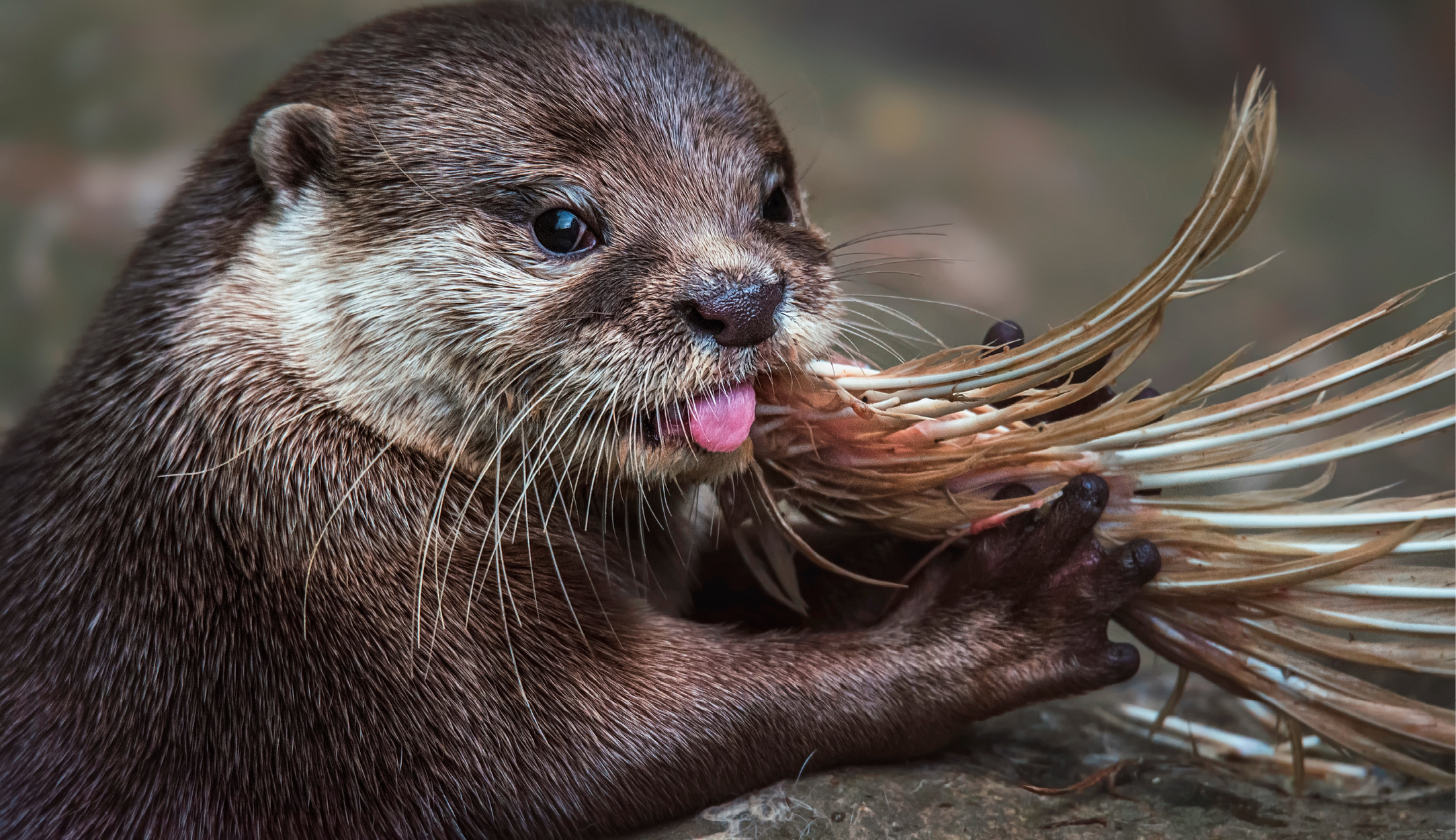News archive
Vote for your favourite freshwater species by midday on 11th October!
- Details
- 20 September 2019
This year’s Biology Week poll aims to focus on some of the inhabitants of fresh water areas across the UK.
We have shortlisted 10 species that rely on freshwater to survive, including birds, insects, mammals, molluscs, crustaceans and plants, and now we need your help to decide which is the UK's favourite.
We’re hoping that this year’s poll not only highlights some of the species that rely on our freshwater bodies, but also the importance of freshwater habitats and their role in the wider ecosystem.
The ten fresh water species chosen are either endangered or protected under the Wildlife and Countryside Act 1981, or classified as vulnerable in Europe by the ICUN Red List.
Scroll down to find out more about our shortlisted species, and to download our free educational resources and species fact files.
Why are freshwater habitats so important?
Fresh water is a renewable but finite natural resource that essentially supports much of life on Earth.
People depend on fresh water for drinking sources, agriculture and sanitation, as well as for a range of activities such as manufacturing, swimming, fishing and leisure.
However, freshwater habitats are under threat; since 1970, freshwater species numbers worldwide have declined by 83%. In the UK, where freshwater habitats cover around 12% of the total land, 69% of rivers and canals, and 62% of lakes, are classed as in a poor or bad condition.
Educational resources
We have developed a range of resources to support our annual species poll, and they can be used in the classroom, at home, or for reference.
Each activity is matched to a suitable age group, and the information pages can be used as a starting point for understanding more about botany, or as a basis for other activities.
Each species that features in the poll also has its own fact file, including details on habitat, life cycle, characteristics and more.
If you would like larger versions of our resources, or printed copies sent to your school or another UK based address, contact outreach@rsb.org.uk
This year's species shortlist
Smooth Newt
Lissotriton vulgaris
These newts have orange bellies with black spots, and are most active during the night. Usually found in ponds during the spring and summer, these amphibians spend their time eating slugs, worms, tadpoles, water snails and shrimps.
Freshwater pearl mussel
Margaritifera margaritifera
One of the longest-living invertebrates in existence, the oldest known freshwater pearl mussel was caught in Estonia, and was 134 years of age. These mussels spend their adult lives anchored to the river bed, filtering water through gills which improves the quality of the water for other species.
Common toad
Bufo bufo
The common toad is the fourth most common amphibian in Europe, and is native to the UK. These toothless amphibians have yellow- or copper- coloured irises, and typically struggle to recognise prey, so will try to consume any small, dark-coloured moving object it encounters at night.
Glutinous snail
Myxas glutinosa
This small, air-breathing, freshwater snail relies on some of the cleanest water for its survival. It has an extremely thin brown or green shell that is shiny and translucent, giving it a glass-like appearance. Its usual fresh water habitats include canals, streams and lakes.
European freshwater crayfish
Austropotamobius pallipes
These freshwater crustaceans are the only species of crayfish that are native to the UK. They feed on small fish, snails and algae. When they are young they are small enough to be eaten by dragonflies, but bigger crayfish are eaten by otters, trout, herons and mink.
Norfolk hawker dragonfly
Aeshna isosceles
These dragonflies spend up to two years in their freshwater homes as larvae, before emerging as adults. The Norfolk hawker needs unspoiled grazing marsh with non-saline water to survive, and can often be spotted flying around marshes and ditches in June and July.
Water vole
Arvicola amphibious
These chestnut-coloured freshwater furry mammals can be found in rivers, streams, ditches and ponds. They like to stay in the same place for long periods of time, often in a burrow they dig themselves in steep grass banks, complete with underwater entrances.
Fen Violet
Viola persicifoila
These beautiful, pale, bluish-white leafed freshwater flowers are usually found in wetlands or around peat cuttings, and are very popular with bees. They are considered to be endangered in Britain, and they are unable to cope with competition with other plants, so are often found on bare ground.
Common Otter
Lutra lutra

These brown furry mammals have a long slender body and can often be found in rivers and wetlands. They eat fish, eels and crayfish. They can live for up to ten years and they prefer clean rivers, with an abundant source of food, and plenty of vegetation to hide their secluded holts.
Atlantic salmon
Salmo salar
These fish spend most of their life at sea but return to freshwater to spawn, and can be spotted leaping across streams and rivers during the autumn months here in the UK.















